Diving New Guinea Island… When the 16th century Portuguese and Spanish explorers first arrived in the far-eastern part of what was then called the Malay Archipelago. They had no way of knowing they had stumbled upon the second largest island in the world.
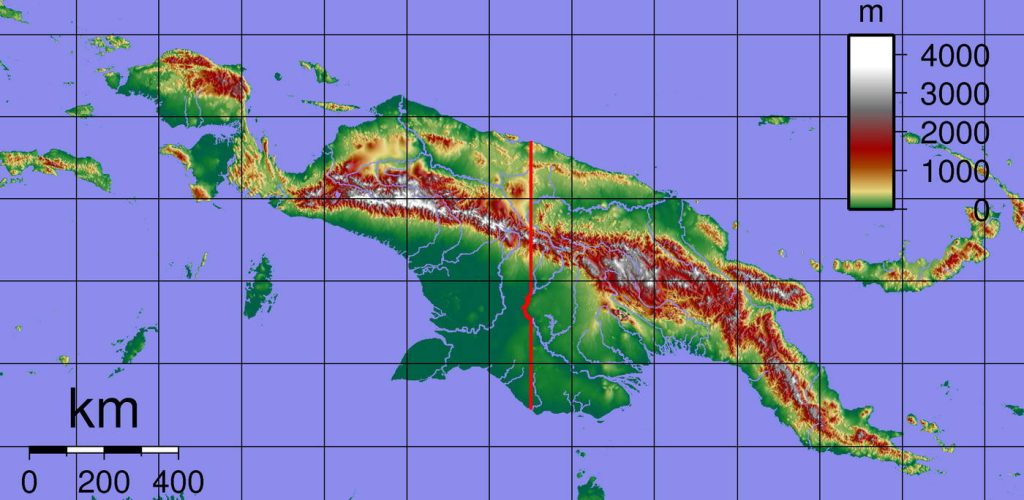
Neither could they possibly know that the island is one of the most biodiverse places in the world.
Occupying just 0.5% of the Earth’s surface, but with almost 10% of its species … And that is just on the land!
What they did note though was the similarity between the indigenous people and those of the Guinea region of Africa.
Which is how the island came to be called New Guinea.
Once discovered, New Guinea became part of the “great game” played by the European colonizing nations. With the Dutch taking all of the western half of the huge island.

While England and Germany held the eastern quarters until WW1. When they were amalgamated and handed over to Australia to administer. Independence from Australia came to the eastern half of the island in 1975. When the country of Papua New Guinea was born… With the western half ultimately becoming the Indonesian province of West Papua.
The Coral Triangle
Equally certain is that those explorers knew absolutely nothing about what we now call the Coral Triangle. The area of the Indo-Pacific widely acknowledged as the richest known area of marine biodiversity in the world.
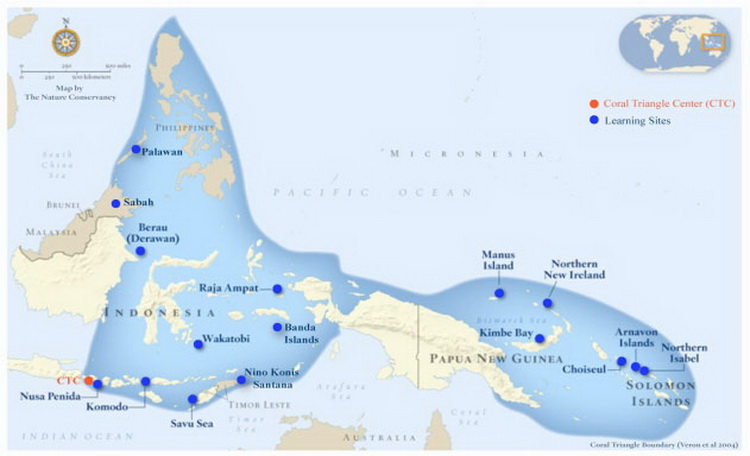
Encompassing the eastern parts of Indonesia and Malaysia. Together with all of Timor Leste, Papua New Guinea, the Philippines and the Solomons.
The Coral Triangle’s marine biodiversity is simply stunning! With more than 600 species of coral and 3000 species of reef fish.
To put those numbers into perspective… The Red Sea has around 200 coral species and 1000 fish species while the Caribbean has 50 and 900 respectively!
New Guinea island sits at the very heart of the Coral Triangle.
With two of the most well-known global diving locations at its extremities… Raja Ampat on the western tip and Milne Bay on the eastern tip. Numerous other marine biodiversity hot spots have been found around the vast coastline of New Guinea. But the sheer remoteness of it all means there must be many others just waiting to be discovered!
Diving New Guinea Island
There are three main diving locations on the “mainland”, as the eastern half of New Guinea is often referred to in PNG. And… at the very top of that list is Milne Bay!!
Milne Bay is what first put Papua New Guinea on the radar of travelling divers and underwater photographers worldwide.
Largely as a result of the late Bob Halstead and his adventures on the MV Telita – the first liveaboard in the country.
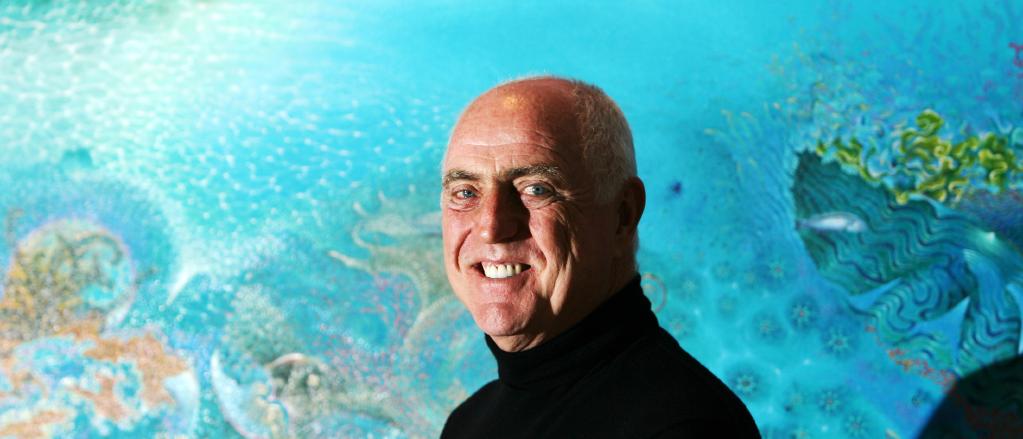
That was some 30 years ago and while much has changed since those exciting early days. Milne Bay is still as biodiverse as it always was and is an incredible diving experience!
While on the north coast of New Guinea is the wonderfully scenic location of Tufi with its magnificent tropical fjords and vibrant offshore reefs. Then on the south coast is the less well-known, but equally excellent diving around the capital Port Moresby.
Diving New Guinea Island – Milne Bay
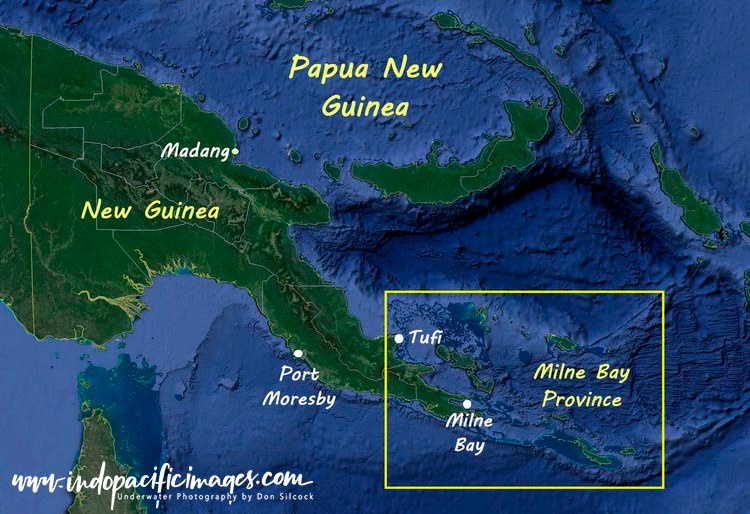
The area of PNG referred to as “Milne Bay” is a little confusing… Because in reality there are two Milne Bays!
The first is the large, sheltered bay on the south-eastern tip of New Guinea island. Which is named after the British Admiral Sir Alexander Milne.
And then there is the much larger province of Milne Bay.
Milne Bay Province is roughly the size of New Zealand.
But only about 5% of that area is dry land, and the rest are the waters surrounding the 600+ islands that make up the province.
With those islands falling in to four main groups: The Trobriands, the D’Entrecasteaux Islands, Woodlark Island and the Louisiade Archipelago.
Apart from periodic exploratory trips, diving is only really possible in and around the Milne Bay itself. And there are two options available to do that – resort based in the north of the bay or a liveaboard covering the complete area.
Both are great options, and the perfect trip would be a combination of both. Because that would allow a real appreciation of the incredible diversity of the overall area.
Milne Bay – Resort Based
Tawali Dive Resort is located on a limestone headland on the Solomon Sea side of the peninsular that forms the north coast of Milne Bay.
With the main lodge and accommodation perched up on the headland. Surrounded by dense rainforest and overlooking the house reef and main jetty. While to the west is a large bay where the resort’s service area is located.
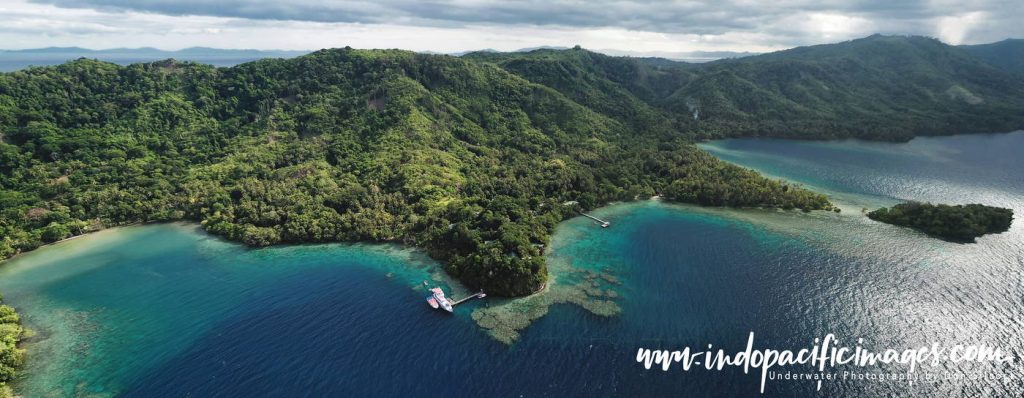
Tawali’s location is both picture-perfect and ideally situated for quick and easy access to the best dive sites on the north coast. Plus, it is possible to day-dive some of the excellent sites at Nuakata Island near the mouth of the bay.
The north coast has a tremendous selection of dive sites, which range from black sand critter diving to superb fringing reefs. Plus there are a number of dynamic offshore sea mounts. My personal favourite on the north coast is Deacon’s Reef. Which is located on a headland near the small village of Lauadi and swept by the nutrient-dense coastal currents.

Those rich nutrients have created an astonishing array of beautiful hard corals, sponges and sea fans. Which make the site a delight to dive and, because it is a relatively shallow dive, it is usually bathed in light and an absolute joy to photograph!
Plus, the nearby deep waters mean that there is a good chance of seeing cruising hammerheads, whale sharks and oceanic mantas out in the blue.
Milne Bay by Liveaboard
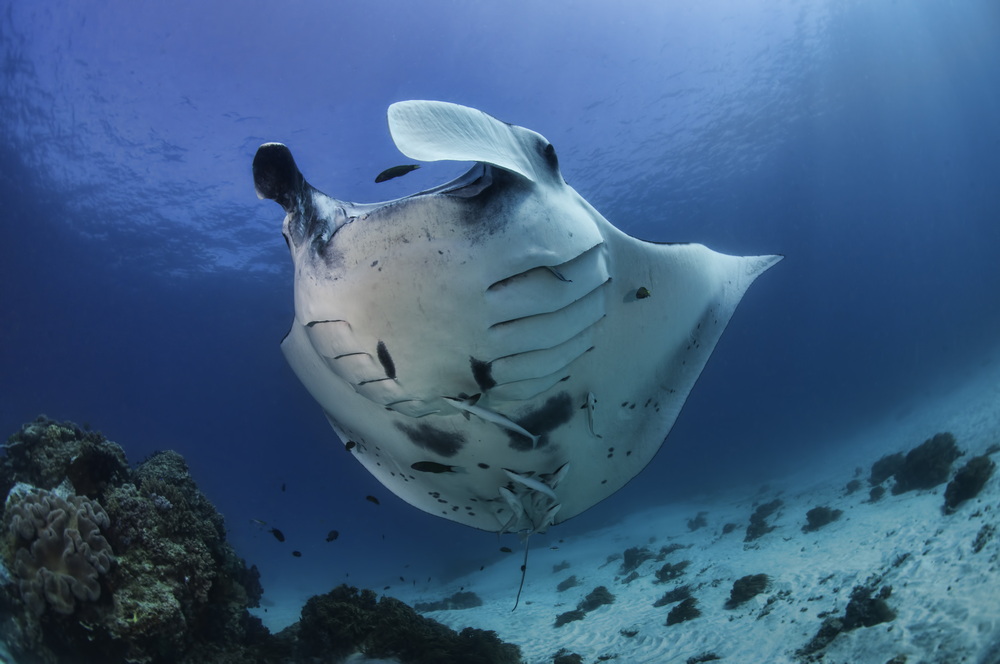
The big advantage of diving Milne Bay from a liveaboard is that you get access to the remoter sites around the East Cape Reefs in the north.
Together with the excellent sites in the southern area of the bay around Samarai Island and the China Strait.
In the south there are two really exceptional sites that are essential diving. Starting with the manta ray cleaning station at Gona Bara Bara island, which is the best and most reliable location in all of PNG to see reef mantas (Mobula alfredi).
Then there is the jetty at Samarai Island, the former provincial capital under Australian colonial rule.
The jetty has definitely seen better days… but it is a really excellent critter site where you can spend hours exploring the accumulated flotsam and jetsam!
There is currently only one liveaboard that operates in Milne Bay for a few months a year – the MV Oceania, skippered by long-term PNG resident Dan Johnson.
The boat was launched in 2019 after being completely refurbished and in a word, it is impressive!
Based from Kimbe Bay on the north coast of New Britain, Oceania relocates to Milne Bay in February and March as part of Dan’s plan to operate the boat year-round in the best locations in Papua New Guinea.
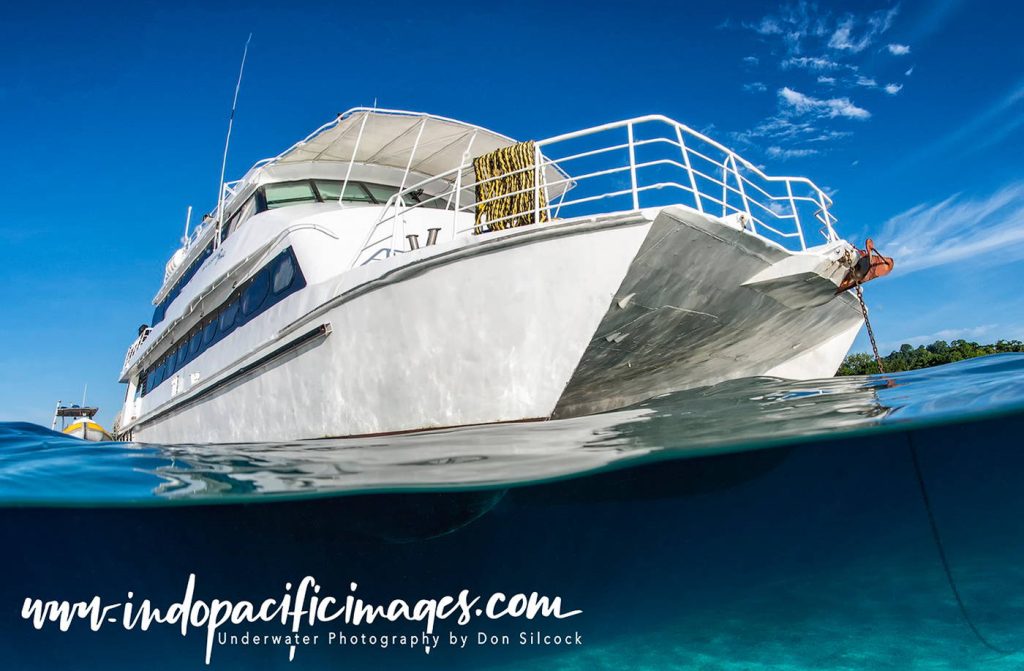
Milne Bay – When to Go?
Milne Bay is an all-year round destination as the shape of the bay itself and the many islands of the province mean that sheltered locations can always be found.
But to dive Milne Bay at its very best, you should visit from November through to late January. As that is the dry season for that part of Papua New Guinea and the minimal run-off from the rivers and streams means that underwater visibility can be exceptional
Milne Bay – How to get There?
The only really viable option for getting to Milne Bay is by air from Port Moresby to Alotau’s Gurney (GUR) airport. Which is served on a regular basis by Air Nuigini.
For more information and insight into this wonderful location, check out the Complete Guide to Diving Milne Bay.
Diving New Guinea Island – Tufi
Located at Cape Nelson on the north-east coast this area is without doubt one of the most scenic and picturesque areas in all of PNG and Tufi fjord is the stunning epicentre!

The diving at Tufi offers a pretty special combination of options. Which range from critter hunting in the assorted debris and general junk around the main wharf.
To pristine offshore reefs rarely visited by anybody other than the resort’s guests.
With some interesting WWII wrecks and fjord sponge gardens in between.
All combined with the superb above water scenery and interesting local village culture!
There is only one real option for diving this part of New Guinea island and that’s Tufi Dive Resort – which is located on a ridge overlooking the main fjord.
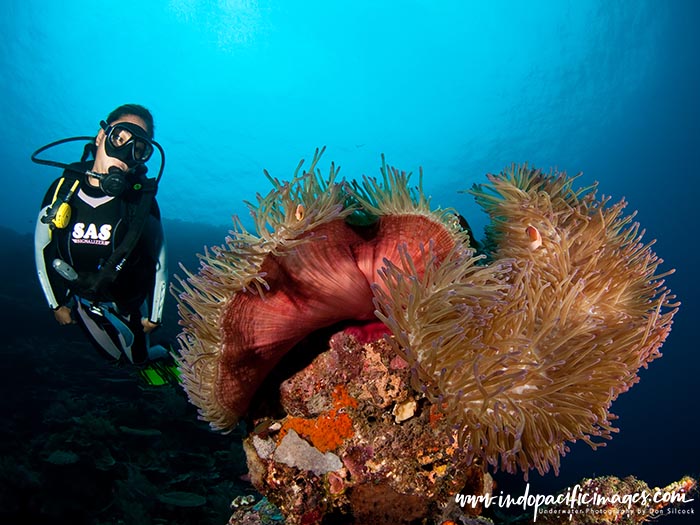
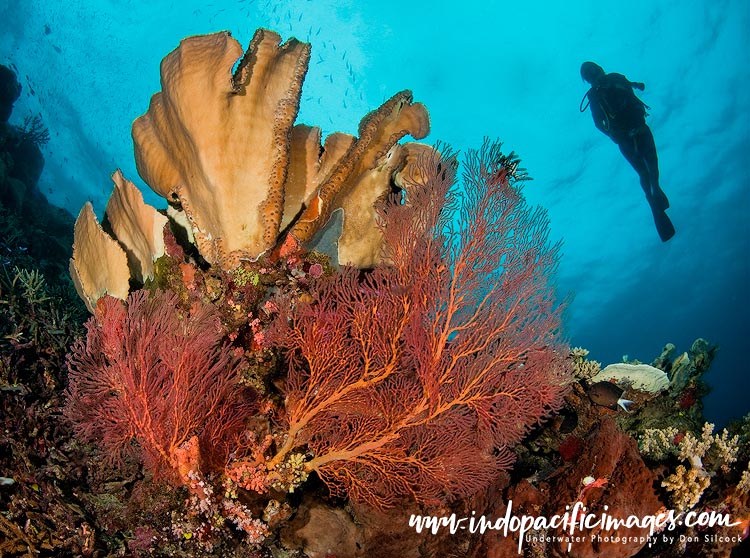
All surrounded by dense rainforest which descends right down to the water’s edge.
A typical dive day at Tufi will have you leaving the dive jetty at 08.00 for the trip out to the offshore reefs, with two dives on sites dictated by the prevailing weather.
The journey out varies on the sites but is typically between 40 minutes and one hour.
There are about 25 offshore reefs that are dived regularly, and they vary from seamounts to fringing reefs.
But generally all are good dives, and several are truly exceptional!
A third dive in the afternoon will be either in the main fjord or around the jetty, with night dives at the jetty.
Tufi – When to Go?
The best time to dive Tufi is in October and November, during the doldrum period between the trade wind seasons when the diving conditions both offshore and onshore are optimum. As a result, the seas are calm, visibility is great and the water is cooler – which brings out the critters.
Tufi – How to get There?
The only way to get to Tufi is by air as there are no roads through the Owen Stanley range that separates the north coast from the south. The resort has built its own landing strip and is served by Air Nuigini from Port Moresby.
For more information and insight into this superb location, check out the Complete Guide to Diving Tufi.
Diving New Guinea Island – Port Moresby
It has to be said that Port Moresby does not exactly enjoy a great reputation.
And there are definitely parts of POM (as it is known locally) that you should avoid like the plague!
But is it the near-death experience it is associated with?
Well, in my experience it is not and what is more there is some remarkably good diving to be had.
Including one of the best shipwrecks in the country – the Pacific Gas.
The best dive sites are concentrated along the offshore and sunken barrier reefs, which involves a boat journey of up to an hour to access.
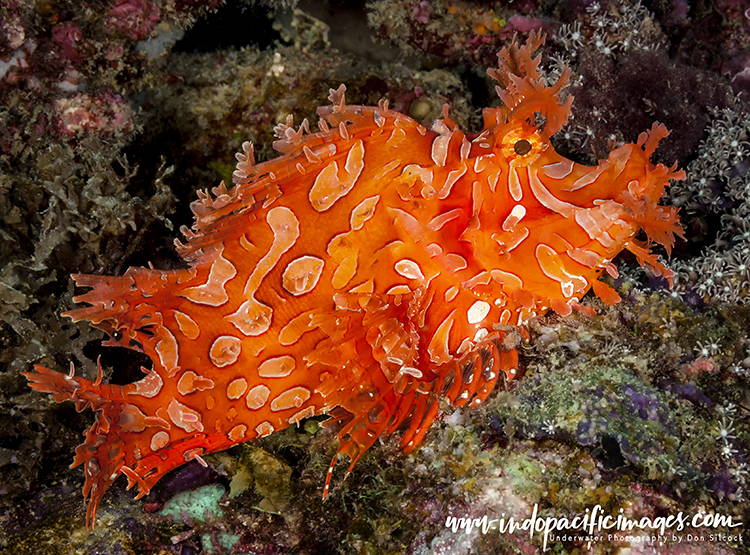
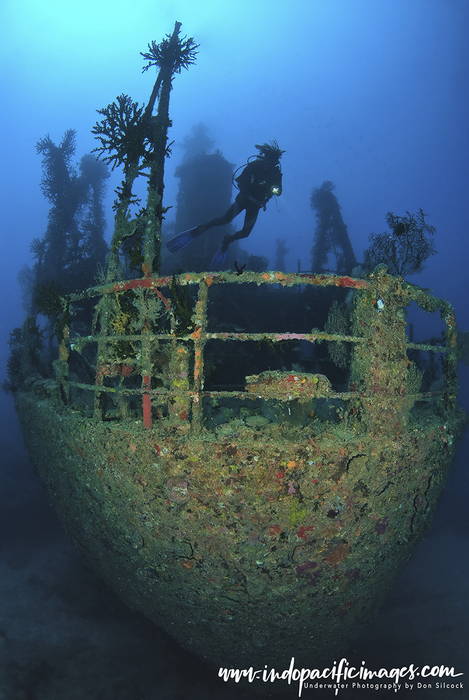
A couple of those sites like End Bommie and Suzie’s Bommie are great places to see the both the elusive, but spectacular, Rhinopias and pygmy seahorses.
Located on Horseshoe Reef is the wreck of the Pacific Gas, a former LPG tanker that was scuttled in 1986.
The wreck is completely intact and sits upright on the reef slope with the top of its bow in 14m and the stern down in 43m.
Swept as it is by the rich currents of the south coast. The wreck has become a beacon to large pelagics and because it is so intact, it makes for a really excellent dive!
There are two options to dive Port Moresby starting with Pro Dive, ran by long-term PNG resident John Miller with his boat MV Solatai which operates from Tahira Marina.
Alternatively, Loloata Island is the newly refurbished private island resort in Bootless Bay that also offers diving on all the Port Moresby sites.
Port Moresby – When to Go?
The absolute best time to dive Port Moresby is from mid-April through to the end of May. This is the doldrum period between the end of the wet season and the start of the dry season.
Port Moresby – How to get There?
Port Moresby is the only international gateway in to PNG and is well served by Air Nuigini and Qantas from Brisbane and Cairns.
For more information and insight into this surprising location, check out the Complete Guide to Diving Port Moresby.
In Summary…
Located as it is in the heart of the Coral Triangle the huge island of New Guinea has some amazing diving generally. The eastern half, the “mainland of PNG”, has three key locations which all offer great diving.
But each is different… Milne Bay has incredible biodiversity and variety. While Tufi has its critters and wonderful offshore reefs, plus scenery to die for. And Port Moresby has great overall diving and an incredible wreck.
Tough to choose!! The perfect trip would be 3-4 days diving Port Moresby then a short one-hour flight to Alotau and the same at Tawali. Then a 7-10 day liveaboard to experience the rest of Milne Bay. Back to POM and a connecting flight to Tufi for another 3-4 days of diving.
Diving New Guinea Island – Scuba Diver Article
The Australian edition of Scuba Diver magazine recently published a five page article of mine on Diving New Guinea Island in PNG. You can use the link to download a PDF copy of the article.
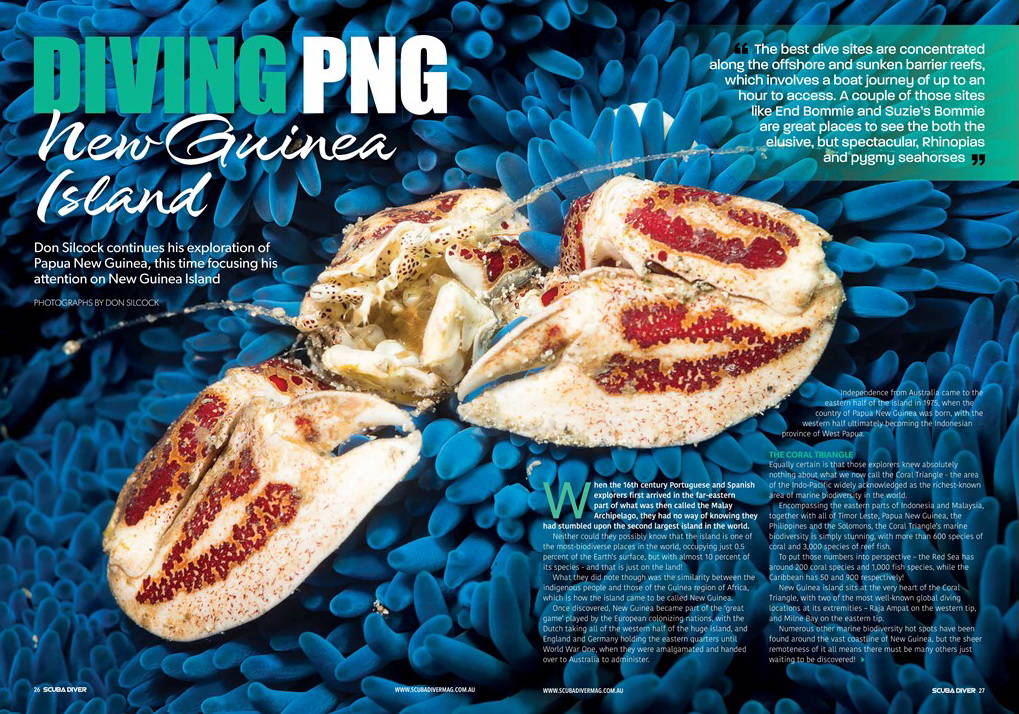
Back To: The Complete Guide to Diving Papua New Guinea
